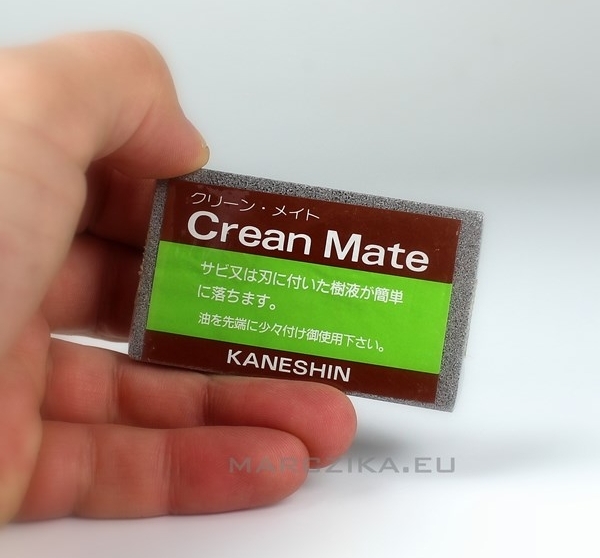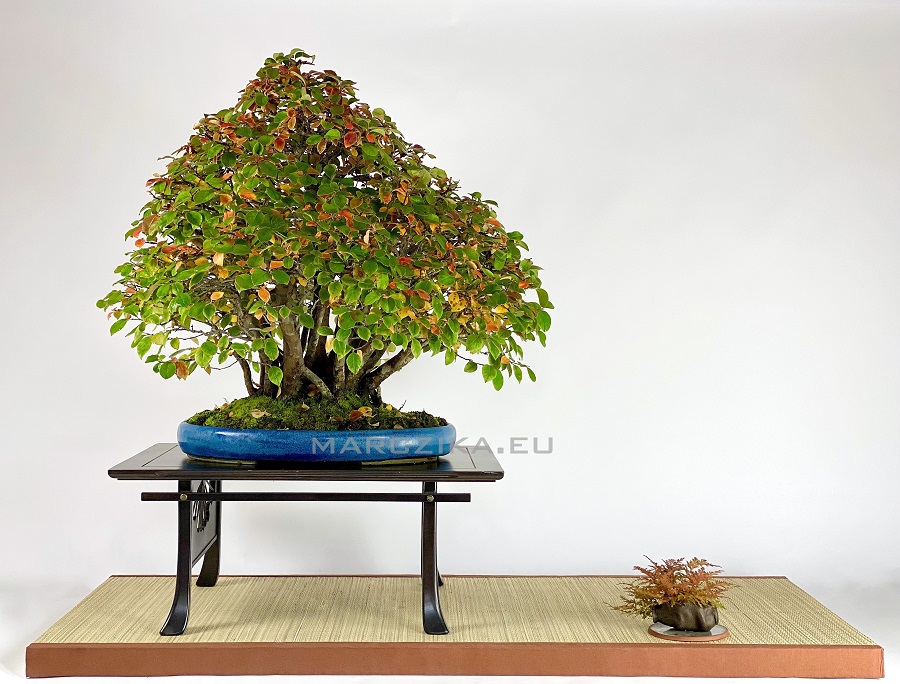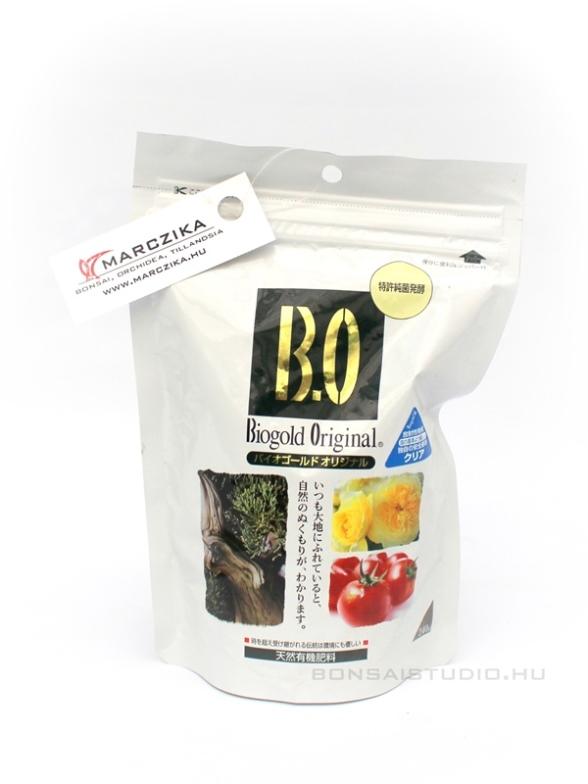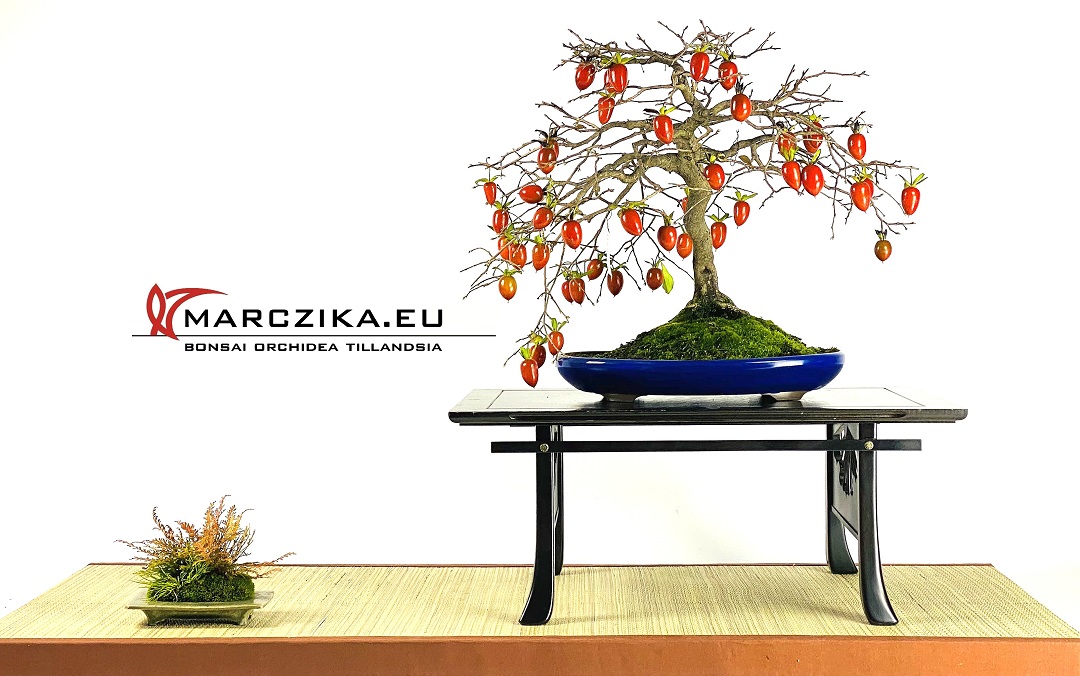What does autumn hold for bonsai lovers?
For us bonsai gardeners, autumn has always been one of the liveliest periods before winter rest. The plants have already matured their colorful fruits by this time, and autumn foliage only enhances the color cavalcade in the garden - not to mention Chojubai bonsai, for example, which still tend to opening their red flowers. Autumn is the busiest and perhaps most stimulus-rich period in a bonsai garden and also an anticipation of preparing for a comatose winter. This is when we can already see the results of this year's bonsai shapes and pruning on our plants, and many kinds of plants (such as pine species) already show the promise of next year.
We’ve put together a few things you might want to do or just skip during the fall so that our bonsai collection can stay in top condition and get off to the best start next spring or just be busy with not having to bother. Let's take a look at what can and cannot be done in this case:
What can be:
Shaping pines and junipers at this time?
If we treat our plants with due care then restyling and minor shaping and wiring will no problem but we will jump forward with them one at a time and in the spring our plant can sprout out the way the shaping requires. What you may need for this is copper wire, proper bonsai tools such as wire cutters and jin pliers, bonsai scissors and of course a good turntable will not hurt if you have it on hand. Of course, in the case of junipers, we do not usually get involved in the "finishing" of the foliage, ie we do not pinch the canopy regularly in autumn. It’s worth leaving this in the spring so you can stay healthy. What is worth doing in the fall, however, is to clean our bonsai of dry branches, weakened internal shoots in the absence of light, and if the bark of a juniper is neglected or very discolored or perhaps overgrown with mooss, it does not overwinter any pests with the tree.
In the case of pine bonsai, in the case of Japanese white pines and black pines, in most cases the needles from which the tree is naturally detached already turn yellow and brown. From these we can clean the canopy - thus giving the plant the opportunity to get more light into all parts of the canopy and branch system even in winter - because this is important for evergreens even in winter.
Tools maintenance
After the autumn pine and juniper shapings, it is worth cleaning the bonsai tools from the resin dirt. After that, it is recommended to use the Crean Mate skill for their care and maintenance, which is a tool for cleaning bonsai scissors and other tools that are contaminated in use and for possible fine sharpening. It is made of harder rubber, its surface is coated with abrasive. The grain fineness of the abrasive surface has been adjusted to the bonsai scissors. Thanks to its use, we can always work with clean and sharp tools - shaping and pruning its bonsai. Always keep our bonsai tools clean!

Webshop browsing, shopping list creation
Anyone who deals with bonsai may need a few little things from time to time. It's a good idea to rationalize your spring expenses by gathering the things you need little by little from the fall - so it's easier to forget the jacket at the end of the winter and start to out from the wintering bonsais so that everything is ready for the spring and nothing is missing (only one or two more bonsai). So it’s worth thinking about bonsai planting soils, bonsai bowls and nutrients or if you just need to expand your bonsai tool kit or bonsai wire kit.
Admiration
Always take the time to enjoy bonsai. After all, "this is what the game goes for" to see beautiful bonsai trees. Whether with a good coffee or tea in the garden in the morning or rather in the evening in a home - made tokonoma is a matter of detail, but we always admire them and discover the current season in addition to their beauty and detail!

What can't be:
Although we can still do a lot with bonsai in the autumn, we can't do everything anymore. It must be allowed for the bonsai to prepare for the winter times through the autumn and thus spend the winter more safely in the winter cold.
Fertilizers
Let us now split this question in two exceptionally. Let’s talk about indoor bonsai trees as well as outdoor bonsai fertilizing because the two are different. Let’s start by fertilizing outdoor bonsai because it’s easier for fall and winter: Don’t do it. It’s that simple because outdoor bonsai don’t need nutrients in the winter. The situation is different with indoor bonsai trees. We can give them nutrients in the autumn - winter period as well, but not more than half of the summer amount - so as not to overdo them during the rest period. If someone isn’t content with cheaper generic bonsai nutrients but wants to give their plants the best then there’s one word for it: Biogold!

Drastic prunnings and trimmings
We will definitely avoid it. We leave the stronger prunings for spring or summer but instead of dropping big wounds on the trees in the fall because they simply don’t heal and can be a source of unwanted diseases. More subtle "shoot halving" incisions on indoor bonsai may be warranted if an indoor bonsai brings too many long shoots in the room, but we shouldn't prune outdoor bonsai to a lesser extent.
Autumn watering
Moderately and carefully. We water less outdoor bonsai - and especially pines and junipers - than in summer. The more a deciduous leaves get rid of its leaves in the fall, the more it applies to it. Of course, you shouldn't let a tree's rootball dry out either, but let's moderate it in the autumn watering.



.JPG)

.JPG)
.JPG)




0 hozzászólás